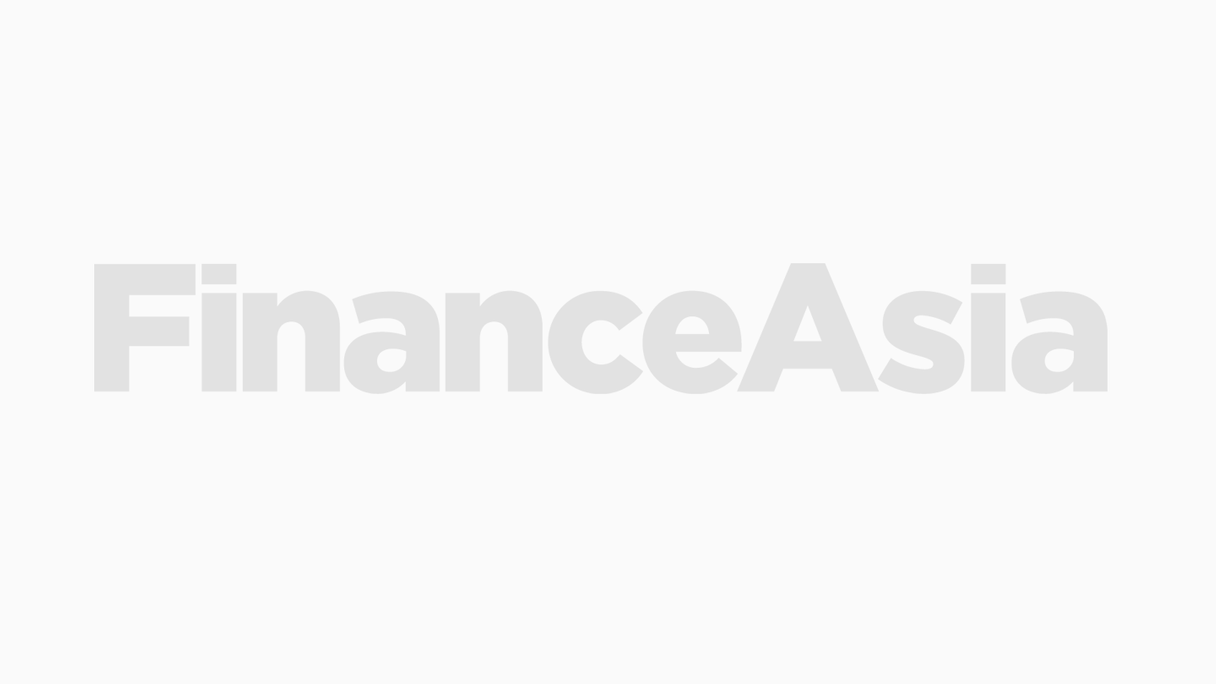A smaller than expected $200 million perpetual non-call 10 issue for Hana Bank was priced yesterday (Tuesday) by lead managers JPMorgan and Barclays Capital. Pricing came at the outer end of the deal's indicative range, but the premium to Korean upper tier 2 debt was tight relative to the levels paid by much higher rated European comparables for tier 1 over tier 2 debt.



